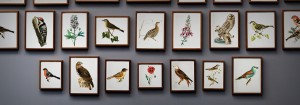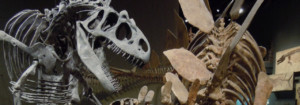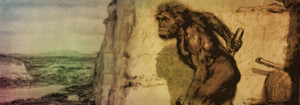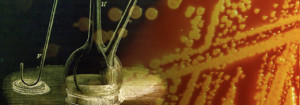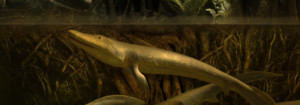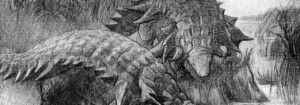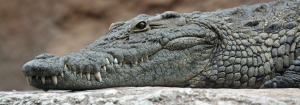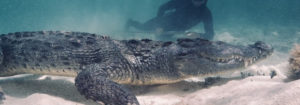
Life science is the scientific study of living organisms - their structure, classification, origins, and more . . .
While biology serves as the core discipline within the life sciences, there are many other fields as well. Some, such as zoology, botany, and paleontology, narrow the focus of biology to particular kinds of organisms. Others, such as biochemistry, genetics, and ecology, choose to focus on the design of organisms and their relationships with each other and their environments.
Although man has always recognized that organisms can produce others of their kind, it was long believed that, under certain conditions, life could arise by itself from non-living matter. This theory, called "spontaneous generation," held sway for many centuries, until a growing body of evidence finally disproved it in the mid-1800s.
The most famous of these experiments, preformed by Louis Pasteur in 1859, involved boiling meat broth in a swan-necked flask. When the sterile broth failed to generate microorganisms, the swan neck was removed. Only after this did the broth become cloudy with microorganisms, confirming that the germs were the result of outside contamination and not spontaneous generation.
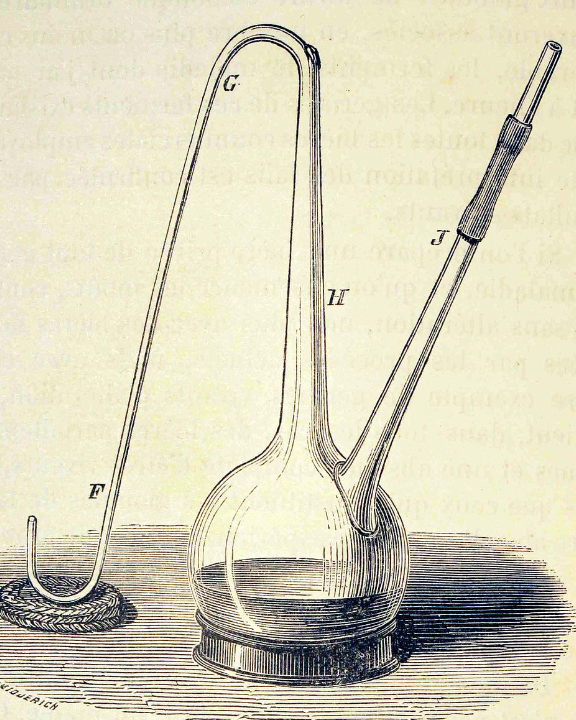
The law of biogenesis, which states that life can only naturally come from pre-existing life, is a core concept in creation biology. Pasteur's flask serves as our icon for life science in recognition of his contributions to this important idea.
Life Science Articles
Dinosaurs and the Bible: Should Christians Worry?
Dinosaurs have captivated the world for over a hundred years, fascinating both young and old alike. Gazing upon their bones, many find themselves transported to a wonderful, exotic world far different from our own – a world where, for one brief moment, the reality of science and the excitement of fantasy coexist. For some, however, the feelings…
Exploring Life’s Origins
In 1859, something remarkable was about to happen. For thousands of years, people had believed that, under the rights conditions, living things could arise from non-living matter. Maggots, for example, had been thought to emerge spontaneously from rotting meat, while fleas, of course, arose from the accumulation of dust. While experiments by scientists like Francesco…
Tiktaalik – “Darwin’s Fish” At Last?
It is morning. Calm silence hangs over the fringes of an antediluvian coal swamp. Thin curtains of fog rise from the stagnant waters as the first beams of sunlight trickle in over the tops of the forest beyond. There, the swamp becomes an impenetrable jungle of fronds and massive, tree-like lycopods. Here, it is but…
Armored Dinosaur Smashes Evolutionary Assumptions
On March 21, 2011, Shawn Funk, a heavy-equipment operator for the Millennium Mine in Alberta, Canada, discovered something special. Although unearthing fossils is hardly rare in mining operations, the oddly colored rows of bony plates peeking out from the bedrock suggested that this was something much more than just another petrified stump. After six years…
Alligators and Crocodiles – What’s the difference?
At first glance, alligators and crocodiles are very similar creatures. Both are large, squat reptiles with mouths brimming with teeth. In fact, the similarities are so prominent that many wonder if there is a difference between them at all. Despite first appearances, modern crocodilians are a surprisingly diverse group, divided into three families: the alligators…
Go Diving With Crocodiles
Crocodiles are amazing creatures. Probably the closest thing you’ll see to a living dinosaur, there is something deliciously primeval about them – their size, their strength, their deliberateness. Earlier this year, the talented filmmakers at Behind the Mask went down to Mexico to film crocodiles in the wild. The result is a presentation that is…

